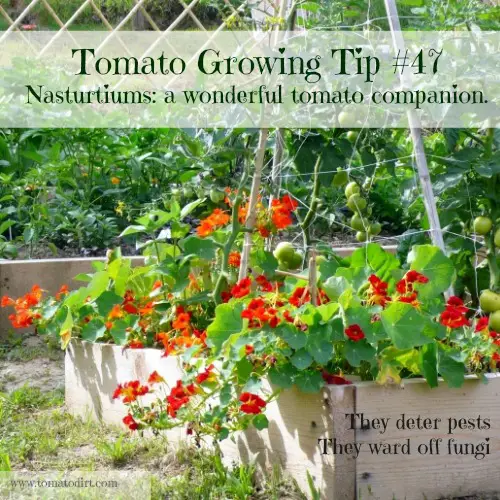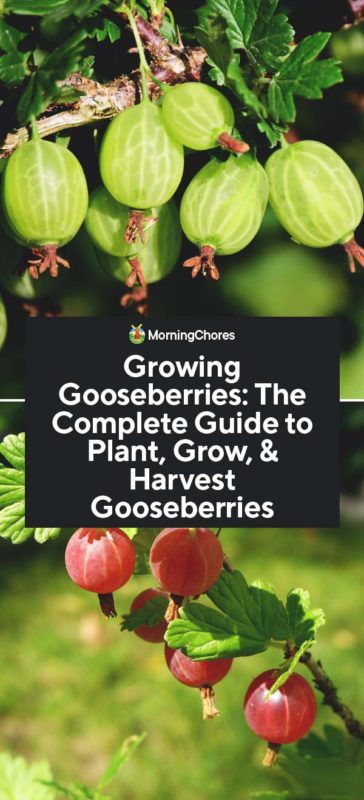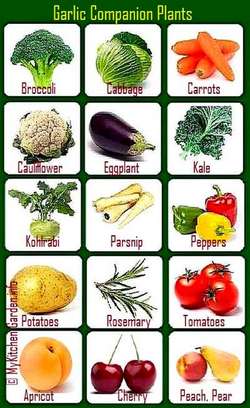Best Gooseberry Companion Plants
Title: Best Gooseberry Companion Plants
Introduction:
Gooseberries are a delicious and versatile fruit that can be enjoyed fresh, cooked, or preserved. They are also a relatively easy fruit to grow, and they can be companion planted with a variety of other plants to improve their health and productivity.
In this blog post, we will discuss the best companion plants for gooseberries. We will also provide some tips on how to plant and care for these plants together.
Main Content:
Good Companion Plants for Gooseberries
There are many different plants that can be companion planted with gooseberries. Some of the best include:
- Beans: Beans are a great companion plant for gooseberries because they help to fix nitrogen in the soil. This can help to improve the health of the gooseberry plants and make them more productive.
- Tomatoes: Tomatoes are another good companion plant for gooseberries. They help to repel pests such as the gooseberry sawfly.
- Chives: Chives are a natural insect repellent and can help to protect gooseberry plants from pests such as aphids and spider mites.
- Marigolds: Marigolds are another insect-repelling plant that can be companion planted with gooseberries. They also help to improve the drainage of the soil, which can benefit gooseberry plants.
- Nasturtiums: Nasturtiums are a beautiful and edible flower that can be companion planted with gooseberries. They help to attract beneficial insects, such as ladybugs and lacewings, which can help to control pests.
Bad Companion Plants for Gooseberries
There are a few plants that should not be planted near gooseberries. These include:
- Potatoes: Potatoes are a heavy feeder and can compete with gooseberry plants for nutrients.
- Eggplants: Eggplants are susceptible to the same pests and diseases as gooseberries, so planting them together can increase the risk of infection.
- Radishes: Radishes can suppress the growth of gooseberry plants.
Planting and Care Tips
When planting gooseberries, it is important to choose a sunny location with well-drained soil. Gooseberry plants can tolerate some shade, but they will not produce as well if they are not getting enough sunlight.
Gooseberry plants should be watered regularly, especially during the first year after planting. They should also be fertilized in the spring and fall.
Gooseberry plants are relatively pest- and disease-resistant. However, they can be susceptible to the gooseberry sawfly. If you see any signs of this pest, you can remove the affected leaves or branches. You can also use insecticidal soap or neem oil to control the sawfly.
Conclusion
Gooseberries are a delicious and versatile fruit that can be enjoyed in a variety of ways. They are also relatively easy to grow, and they can be companion planted with a variety of other plants to improve their health and productivity.
By following the tips in this blog post, you can plant and care for gooseberry plants successfully. With a little effort, you can enjoy fresh, homegrown gooseberries for years to come.
Gooseberries are a delicious and versatile fruit that can be enjoyed fresh, cooked, or preserved. But did you know that certain companion plants can help to improve the growth and productivity of your gooseberry bushes?
Some of the best companion plants for gooseberries include:
- Broad beans: Broad beans are a nitrogen-fixing plant, which means they can help to improve the nitrogen content of the soil around your gooseberry bushes. This can lead to healthier and more productive plants.
- Tomatoes: Tomatoes are another good companion plant for gooseberries. They can help to deter pests such as the gooseberry sawfly.
- Chives: Chives are a fragrant herb that can help to repel pests and diseases. They can also improve the flavor of gooseberries.
- Tarragon: Tarragon is another fragrant herb that can help to repel pests and diseases. It can also improve the flavor of gooseberries.
- Other fruits and berries: Gooseberries can be grown well with other fruits and berries such as currants, elderberries, and strawberries. These plants share many of the same requirements and can help to attract pollinators.
For more information about gooseberry companion plants, please visit Home Gardening.
FAQ of gooseberry companion plants
null
Image of gooseberry companion plants
10 different images of gooseberry companion plants that are free to use:
- Nasturtiums: Nasturtiums are a great companion plant for gooseberries because they attract beneficial insects that help to control pests. They also help to improve the soil quality around the gooseberry plants.

- Marigolds: Marigolds are another good companion plant for gooseberries. They help to repel pests such as aphids and nematodes. They also help to improve the drainage around the gooseberry plants.

- Chives: Chives are a third good companion plant for gooseberries. They help to repel pests such as aphids and spider mites. They also help to improve the flavor of the gooseberries.

- Sweet alyssum: Sweet alyssum is a fourth good companion plant for gooseberries. It helps to attract beneficial insects that help to control pests. It also helps to suppress weeds.
- Onions: Onions are a fifth good companion plant for gooseberries. They help to repel pests such as aphids and carrot rust flies. They also help to improve the flavor of the gooseberries.

- Garlic: Garlic is a sixth good companion plant for gooseberries. It helps to repel pests such as aphids, spider mites, and nematodes. It also helps to improve the flavor of the gooseberries.

- Cabbage: Cabbage is a seventh good companion plant for gooseberries. It helps to repel pests such as cabbage loopers and cabbage moths. It also helps to improve the flavor of the gooseberries.
- Spinach: Spinach is an eighth good companion plant for gooseberries. It helps to repel pests such as aphids and spider mites. It also helps to improve the nitrogen levels in the soil around the gooseberry plants.
- Kale: Kale is a ninth good companion plant for gooseberries. It helps to repel pests such as aphids and spider mites. It also helps to improve the nitrogen levels in the soil around the gooseberry plants.
- Cucumbers: Cucumbers are a tenth good companion plant for gooseberries. They help to repel pests such as cucumber beetles and squash bugs. They also help to improve the pollination of the gooseberry plants.

Post a Comment for " Best Gooseberry Companion Plants"